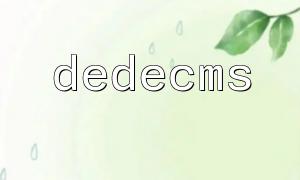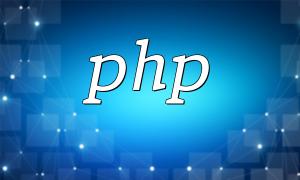JSP (JavaServer Pages) and PHP (Hypertext Preprocessor) are two widely used server-side scripting languages that play key roles in web development. A common question among developers is: can JSP be replaced by PHP? While both serve similar purposes, they differ greatly in architecture, performance, and development experience. This article compares both technologies from various angles to help you understand their features and use cases.
JSP is a Java-based server-side technology that integrates seamlessly with the Java EE platform. Because it uses the Java language, JSP leverages Java’s object-oriented programming, exception handling, and multithreading capabilities. Its syntax resembles HTML, allowing developers to embed Java code directly within web pages to generate dynamic content. This makes JSP particularly suitable for enterprise-level applications that require high stability, security, and scalability.
PHP is a lightweight, flexible, and easy-to-learn scripting language ideal for building dynamic websites quickly. It supports various databases such as MySQL, PostgreSQL, and Oracle, and benefits from a large open-source community and abundant third-party libraries. Due to its low deployment cost and ease of use, PHP dominates small to medium-sized websites and content management systems (CMS) such as WordPress and Drupal.
Below are basic examples demonstrating how both JSP and PHP connect to a MySQL database.
<%@ page import="java.sql.*" %>
<%
Connection conn = null;
try {
Class.forName("com.mysql.jdbc.Driver");
conn = DriverManager.getConnection("jdbc:mysql://localhost:3306/test", "root", "password");
Statement stmt = conn.createStatement();
ResultSet rs = stmt.executeQuery("SELECT * FROM users");
while (rs.next()) {
out.println(rs.getString(1) + " " + rs.getString(2));
}
conn.close();
} catch (Exception e) {
e.printStackTrace();
}
%><?php
$servername = "localhost";
$username = "root";
$password = "password";
$dbname = "test";
$conn = new mysqli($servername, $username, $password, $dbname);
if ($conn->connect_error) {
die("Connection failed: " . $conn->connect_error);
}
$sql = "SELECT * FROM users";
$result = $conn->query($sql);
if ($result->num_rows > 0) {
while($row = $result->fetch_assoc()) {
echo $row["id"] . " " . $row["name"];
}
} else {
echo "0 results";
}
$conn->close();
?>As shown above, JSP requires explicit imports of Java database packages, while PHP provides a simpler and more straightforward syntax for database connections.
Both JSP and PHP have simple ways to output content. Here are basic examples:
<%
out.println("Hello, JSP!");
%><?php echo "Hello, PHP!"; ?>
Both examples demonstrate intuitive syntax for outputting content dynamically on a webpage.
Each language has its own advantages, and neither can fully replace the other. JSP is well-suited for enterprise systems that demand security, scalability, and integration with Java-based environments. PHP, on the other hand, excels in small to medium web applications and CMS platforms due to its flexibility and ease of use. The decision largely depends on project requirements, team expertise, and the target server environment.
In summary, PHP continues to dominate small and medium-sized web projects, while JSP remains a strong choice for sectors like finance, telecommunications, and government where stability and performance are crucial. Both ecosystems are still evolving, and developers can benefit by understanding the strengths of each technology.
Ultimately, JSP and PHP are not direct competitors but complementary technologies serving different needs. Knowing how to leverage each one effectively can help you build more robust and efficient web applications.









